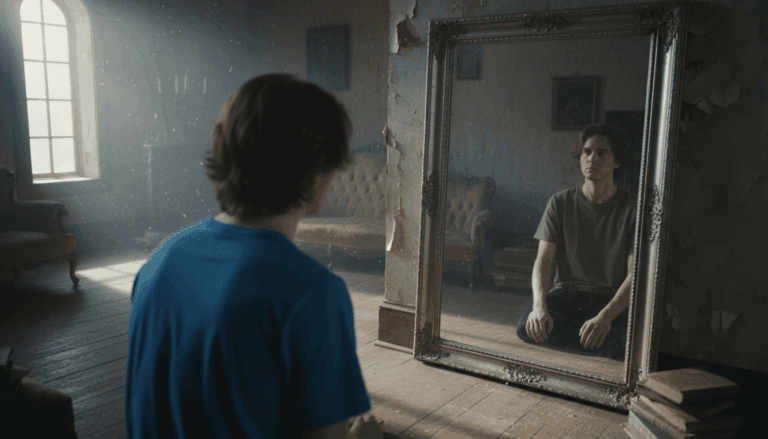Exploring the Phantom Clocks of Poyais
The Phantom Clocks of Poyais: A Timeless Mystery
In the annals of history, few tales captivate the imagination quite like the Phantom Clocks of Poyais. This enigmatic story blends fiction with reality, challenging our perceptions of time and sparking curiosity about a forgotten nation.
The Birth of a Legend
The saga begins in the early 19th century with Poyais, a fictional Central American country invented by Scottish adventurer Gregor MacGregor. Despite being a fabrication, stories of mysterious clock-like phenomena in the supposed region have persisted for generations.
These phantom timepieces occupy a unique place in folklore, representing the illusion of time and reality – much like Poyais itself, a mirage of prosperity. The earliest accounts of these clocks emerged from the memoirs and fictional narratives of explorers who had fallen for MacGregor’s elaborate hoax.
Descriptions of the Phantom Clocks
Eyewitness accounts paint a vivid picture of these otherworldly timepieces:
- Appearance: Shimmering like mirages
- Faces: Adorned with cryptic, unfamiliar symbols
- Visibility: Typically appear at dusk
- Hour marks: Glow with an ethereal light
- Hands: Move freely, often defying conventional time
- Time display: Inconsistent, leading to theories of future prediction
Notable Sightings
| Year | Observer | Description |
|---|---|---|
| 1836 | William T. Arginel | Documented a fleeting vision in his journal |
| 1840 | Unknown Traveler | Reported to The London Gazette: “Clocks appeared to float above the moss, their hands whirling without meaning” |
The Elusive Nature of the Phantom Clocks
To this day, no tangible evidence – such as photographs or physical remnants – exists to support the existence of these clocks. This lack of proof has only fueled the legend, keeping it firmly in the realm of fantasy.
Skeptics propose various explanations for the reported sightings:
- Mirages caused by intense heat
- Hallucinations induced by the desolate landscape
- Psychological projections of explorers’ expectations
- Supernatural echoes of Poyais’s fictional narrative
- Misunderstood temporal anomalies
Cultural Impact
The Phantom Clocks of Poyais have left an indelible mark on popular culture:
- Inspired numerous literary works
- Featured in a 1935 radio serial about time anomalies
- Depicted in the graphic novel “Time’s Lost Kingdom” as remnants of an ancient civilization
- Debated in paranormal circles as potential evidence of time manipulation
- Studied by enthusiast groups focused on time anomalies
Modern-Day Sightings and Hoaxes
Reports of brief glimpses continue to emerge from explorers in nearby tropical forests, though none have been independently verified. Some accounts have been exposed as hoaxes perpetrated by attention-seekers or pranksters.
The Enduring Mystery
The Phantom Clocks of Poyais remain a fascinating blend of fiction and fragments of reality, challenging our concepts of time and imagination. Are they remnants of a dimension where time behaved differently, or simply the lingering effects of a grand illusion?
As we ponder these questions, the legend of the Phantom Clocks continues to tick away, inviting us to question the nature of time itself. What modern-day myths have captured your imagination? Share your thoughts and experiences in the comments below!







